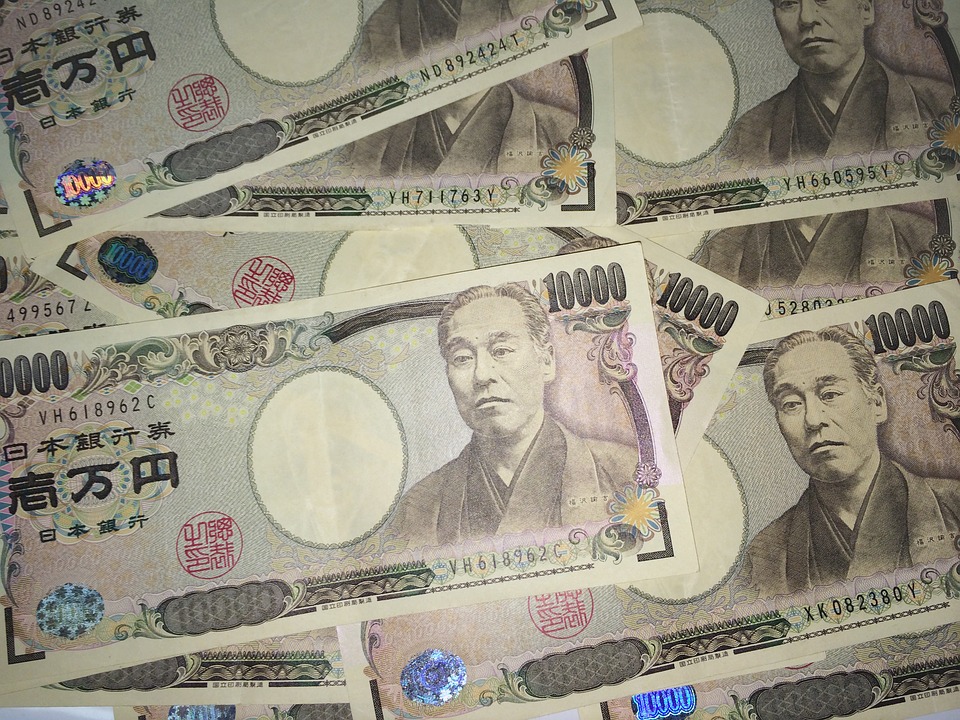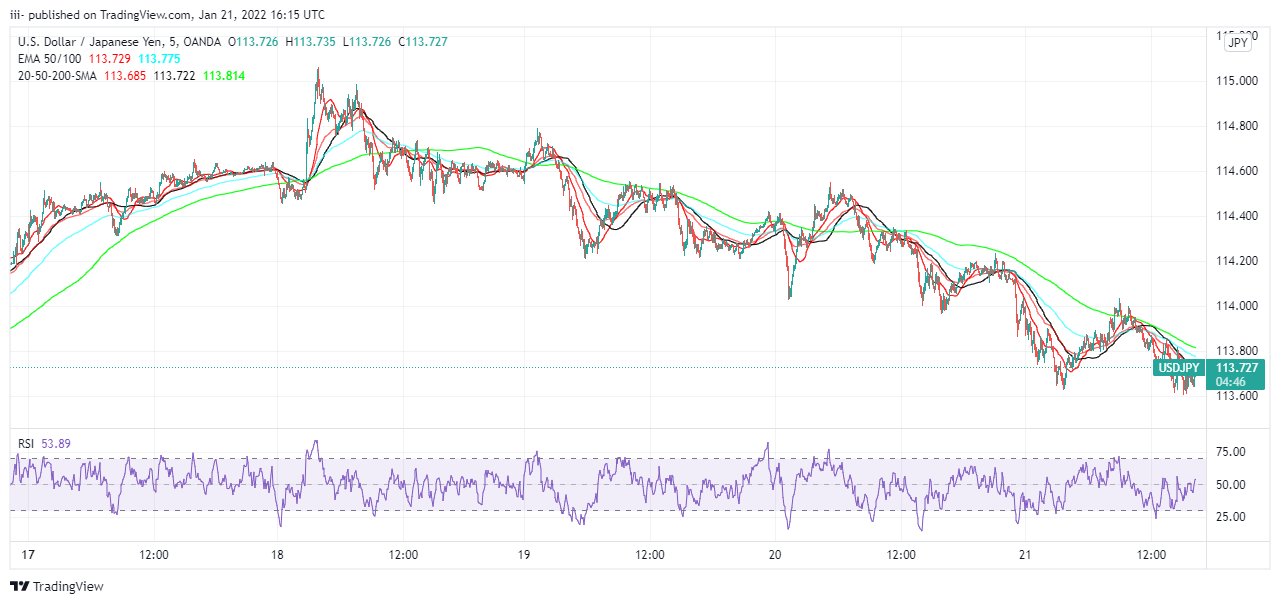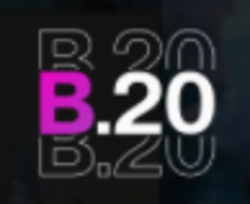
Weekly USD/JPY Projections: The Fed Will Reduce Its Balance Sheet
The USD/JPY fell beneath 114.00 on Thursday and Friday, plunging to a one-month low. Despite the Federal Reserve and Bank of Japan’s divergent monetary and fiscal policies, the Dollar weakened.
ON TUESDAY, the BOJ meeting offered no shocks, with the overnight call rate remaining constant at -0.1% for five years.
Rate Hike Previously Called Impossible
Governor Haruhiko Kuroda denied allegations that BOJ officials were considering when to start signaling an impending rate hike. A rate rise, Mr. Kuroda said, was “impossible.”
“We would debate policy relaxation if our inflation objective were met, but we are not there yet,” Mr. Kuroda said. That was the first increase since 2014. The CPI projection for 2018 increased from 0.9% to 1.1%, and for 2023, it increased from 1.0% to 1.1%.
With the recent viral outbreak not causing large economic disruptions, the BOJ stated that the “recovery was becoming apparent” in its economic assessment.
The Japanese economy dropped by 3.6% annually in Q3. The 10-year Treasury yield hit a two-year high of 1.902% on Wednesday before falling to 1.827% and then 1.79% on Thursday. The 2-year traded at 1.059 % on Tuesday and 1.038 % on Thursday.
The 10-year Japanese Government Bond (JGB) return fell from 0.165% to 0.129%. Markets are awaiting news on the Fed’s rate path for the rest of the year and the potential balance sheet decrease during the FOMC meeting on Wednesday.
The chances of a 0.25% increase on March 16 are 93.4%, three increases on December 14 are 90.3%, and four hikes on December 14 are 67.1%. The USD/JPY is unlikely to rise beyond March.
Exports and imports climbed in December for the eighth month in a row. November industrial production was down 7% for the month and 5.1% for the year, both below expectations.
The annual rate of consumer prices rose to 0.8% from 0.6% in December, although the core rate fell to -0.7% from -0.6%.
As a result of supply constraints and workforce constraints, work backlogs increased to a record high in December. Building permits rose 9.1%, the most since January.
Residential property prices, which account for 90% of the US market, declined 4.6% in December, while availability plunged 14.2%.
The December 2020 median selling price was 15.8% higher. Initial unemployment numbers were 286,000 for the week ending January 14, up from 231,000 the previous week. The rise from 200,000 on December 24 may be due to the Omicron strain of the virus forcing layoffs.
USD/JPY Forecasts
The Fed has been quite clear in its tightening bias. This has boosted the Dollar, which is currently being eroded by the Fed’s typical comment ban before a meeting. No more adjustments are envisaged after doubling the taper to $30 billion each December. The focus is on the balance sheet reduction that might start in March.
Fed Chair Jerome Powell’s answers will dictate the market response. The Dollar benefits from an early and rapid decrease.
The Fed is most likely to follow a natural runoff path, which means it won’t reinvest maturing bond capital, which will cut its $8.9 trillion in assets by nearly $2 trillion in two years.
If Mr. Powell reveals that the Fed is considering or has chosen to sell some of its holdings, Treasury rates and the Dollar will spike.
Aside from the November CPI, no other Japanese data is expected to impact trade. December’s US Durable Goods Orders should corroborate December’s weakness.
The US economy was predicted to grow 5.8% annually, up from 2.3% in the previous quarter. Any deviation from the projection will immediately impact the USD/JPY and Treasury rates.
On Friday, the Fed’s preferred inflation indicator, the PCE Price Index, will confirm rising prices without revealing their length or magnitude.
Until the FOMC session, the USD/JPY is neutral. Unless the Fed shows a surprise preference for portfolio reduction on Wednesday, the week will be bearish. Technical assistance is good up to 112.75, but inadequate after that till 112.00.
USD/JPY Analysis

USD/JPY CHART Source: Tradingview.com
The MACD (Moving Average Convergence Divergence) and RSI (Relative Strength Index) are slightly negative this week.
Surprisingly, failure at 114.00 reduced the argument for a comeback ahead of the Fed meeting on Wednesday.
The MACD spread is presently widening, and the RSI is at its worst since April 2021. Late-week volatility lessened and is unlikely to return before the Fed meeting.









































